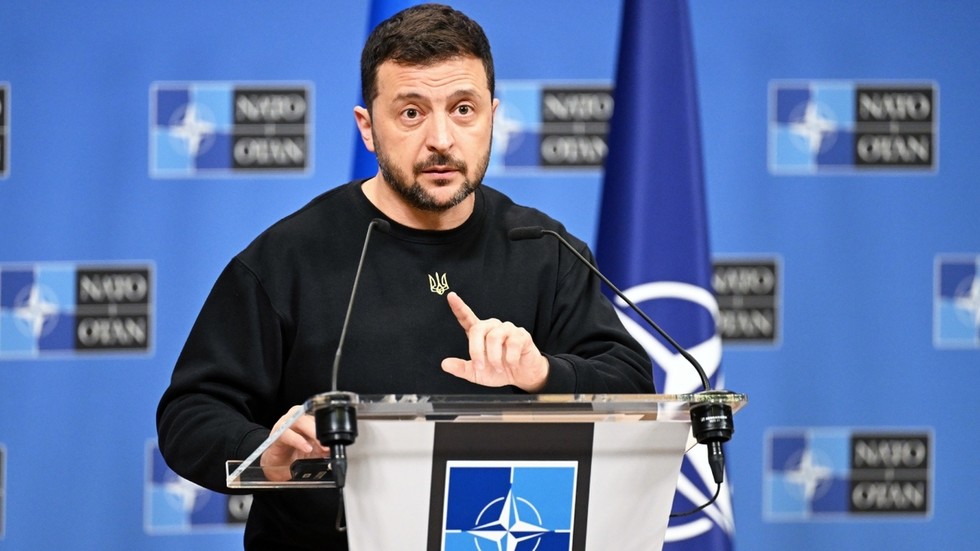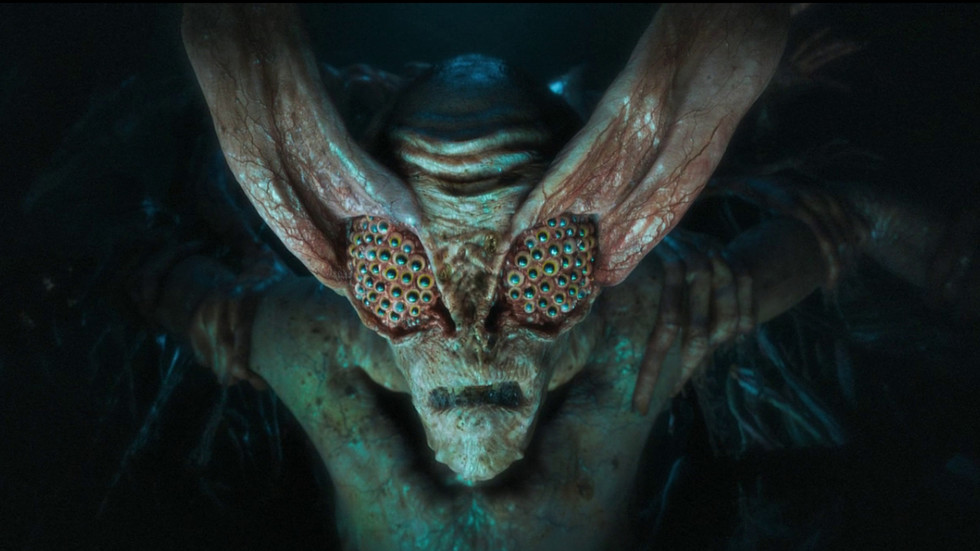Joseph Beuys' artworks and performances were already celebrated during his lifetime (1921-1986) — but he was also a controversial figure.
He used unusual materials in his artworks, such as felt and fat. He explored natural healing and shamanic rituals. His spectacular performances and ideas shaped the art scene from the 1960s to the 1980s. His concept that "everyone is an artist" remains widely appealing.
Some of the controversy extends beyond his artistic pursuits, however, as Beuys has been accused of never clearly distancing himself from the Nazi regime and the role he played during World War II. He was a Luftwaffe fighter pilot during World War II, having volunteered for military service in 1941, at the age of 20.
Some of his later uses of the word Auschwitz were also seen as trivializing the Holocaust.
With the project "Joseph Beuys and National Socialism – A laboratory space," the Moyland Castle Museum Foundation aims to address the issue through the works and documents in its collection.
 Joseph Beuys in 1942 wearing the Luftwaffe uniformImage: Archiv Robert Lebeck
Joseph Beuys in 1942 wearing the Luftwaffe uniformImage: Archiv Robert LebeckBeuys and National Socialism
The Moyland Castle Museum Foundation, located in Bedburg-Hau, in western Germany on the border to the Netherlands, owns the world's largest collection of works by Joseph Beuys — around 6,000 of them, including drawings and designs for a memorial at the Nazi extermination camp Auschwitz-Birkenau.
"Beuys repeatedly engaged with the themes of World War II and Auschwitz in a very intensive and sophisticated way, which is something many people aren't even aware of," says curator Alexander Grönert.
But his legacy isn't clear-cut, and the topic remains divisive. In 2021, on the 100th anniversary of Beuys' birth, panel discussions on Beuys and National Socialism almost escalated into physical violence, recalls Grönert.
In his book "Taken at His Word," art historian Ron Manheimm, also the former deputy director of the Moyland Castle Museum, accuses Beuys of never critically dealing with the history of the Nazi regime and his time as a soldier.
Beuys biographer Peter Riegel describes the German artist as an "eternal Hitler Youth" who continued to move in circles of former Nazis even after the war.
"We noticed that the topic is highly controversial, but also that his art plays no role at all in the discussions." In the exhibition "Auschwitz and the Second World War in the Work of Joseph Beuys," which accompanies the laboratory space project, Grönert aims to let Beuys' art speak for itself.
 Auschwitz was a recurring motif in Beuys' work, such as in this drawing from 1963 that integrates plans of the complexImage: Maurice Dorren/Stiftung Museum Schloss Moyland
Auschwitz was a recurring motif in Beuys' work, such as in this drawing from 1963 that integrates plans of the complexImage: Maurice Dorren/Stiftung Museum Schloss MoylandBeuys and his art on Auschwitz
On display are 90 works from the foundation's collection including painted images of fighter planes, collages and sketches of mass graves, as well as Bueys' designs for the Auschwitz Memorial. "Beuys only began to distance himself from the Nazi regime through artistic means after the war," says Grönert.
After studying sculpture at the Düsseldorf Art Academy, Joseph Beuys participated in many art competitions and calls for entries in the 1950s.
Among other things, he applied to create a memorial at the Nazi extermination camp Auschwitz-Birkenau.
 Drawings part of Joseph Beuys proposal for a memorial at the Auschwitz-Birkenau concentration camp, from 1957Image: Maurice Dorren/Stiftung Museum Schloss Moyland
Drawings part of Joseph Beuys proposal for a memorial at the Auschwitz-Birkenau concentration camp, from 1957Image: Maurice Dorren/Stiftung Museum Schloss MoylandAuschwitz never left Beuys' mind after this competition, Grönert says.
In August 1981, Beuys set off in a caravan to Lodz, Poland, and donated 700 of his own works to a museum. Conceived as an artistic action, Beuys titled the project "Polentransport 1981." Grönert sees this action as Beuys' confrontation with the deportations of European Jews to German Nazi extermination camps such as Auschwitz in Poland.
A solidarity collection for a Czech city destroyed by the Nazis
Joseph Beuys also expressed his awareness of the Nazis' destructive rage in his artistic actions.
In 1942, Hitler's army razed the town of Lidice, located 20 kilometers west of Prague, and killed almost all of its inhabitants. This was in retaliation for the assassination attempt on the Nazis' Deputy Reich Protector of Bohemia and Moravia, who helped control the two provinces that had been annexed from then Czechoslovakia.
In 1967 — by then Beuys was already well-known as a professor and artist — he responded to a British physician's call for donations of works of art to support the establishment of a museum in Lidice, which would contribute to the reconstruction of the destroyed town.
By contributing to the solitary collection, Beuys acknowledged "German guilt for the atrocities committed by the National Socialists, the Wehrmacht, and the SS," says Grönert. For him, Beuys' actions in the Czech Republic and Poland are examples of the artist distancing himself from National Socialism through his art.
 Posters for the action 'Polentransport 1981'Image: Maurice Dorren/Stiftung Museum Schloss Moyland
Posters for the action 'Polentransport 1981'Image: Maurice Dorren/Stiftung Museum Schloss MoylandBeuys' attitude toward the Nazi era remains controversial
But a definitive reading of Beuys remains elusive. In addition to his artistic actions in the Czech Republic and Poland, some of his statements remain irritating and shocking.
For example, "For no particular reason, Beuys once started telling his students that he had a wonderful time at school in his youth and that schoolbooks were worth a lot back then" — without offering any reflection on the historical context, points out Grönert, adding that Beuys' views and motivations still need to be critically examined.
In the laboratory space set up by the museum, visitors are encouraged to form their own opinions. There, they can consult the museum's documents and conduct their own research.
Research volunteer Angela Steffen interviewed scholars and former students about Beuys in videos to capture his controversial opinions. "His students said, 'We knew that, but it's not an issue for us.' For us, Beuys was an outstanding, great teacher in the 1960s and 1970s at the art academy," says curator Alexander Grönert.
The laboratory space will remain in the museum beyond the exhibition. "It's located at the center of the exhibition. It's like a thorn in the flesh, intended to stimulate engagement with the topic."
This article was originally written in German.

 18 hours ago
4
18 hours ago
4








